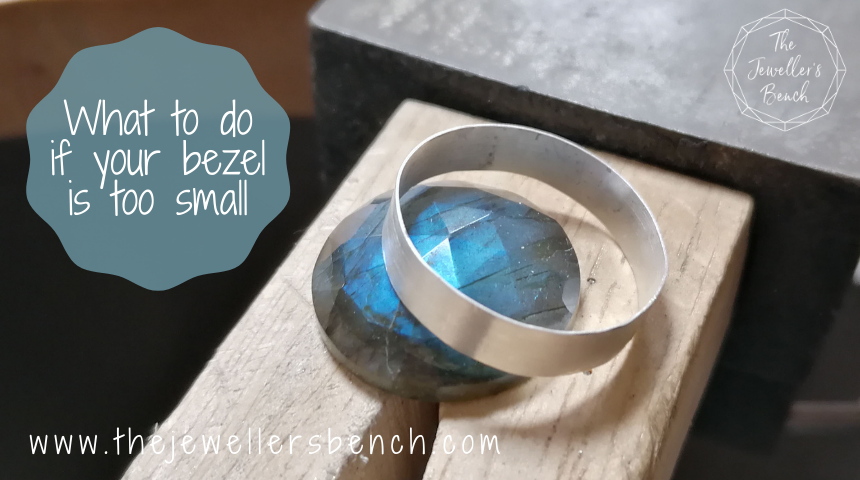Ten facts about beautiful shiny Silver!
One of the first metals to be discovered, silver is used for many medical and industrial purposes - and of course for jewellery!
Read on to find out more about it's properties
and history.

3. A quick, easy and cheap way of testing whether a piece of silver really is silver is to use an ice cube! Place your piece of ice directly on to a room-temperature piece of silver and watch it carefully. The ice will begin to melt immediately, as if it has been placed on something hot, rather than as if it it was placed on something that was just room temperature. This is due to the wonderful heat-conductivity of silver.


6. Ancient Babylonians recognized that milk kept in silver vessels did not sour as quickly. Since then science has shown that silver has natural antibacterial properties; it can actually kill germs (see the fact above!) Today, silver is used in bandages, hospital curtains and similar, and is being tested on various diseases including malaria, hepatitis and leprosy.
7. An ounce of silver can be drawn into a wire 8,000 feet long. (for those of us who prefer metric, that's just under 30g, the amount you can see melted into an ingot in the photo to the left and nearly 2.5km!)
8. Silver is the earth's most reflective metal. It reflects 95% of the visible light spectrum, making it perfect for use in telescopes, microscopes and solar panels.
9. The largest silver nugget was discovered in the Smuggler Mine near Aspen, Colorado in 1894. The original nugget was believed to weigh about 2,340 pounds, but this was too large to be brought from the mine intact. It was broken into three pieces, the largest weighing 1,840 pounds (830kg). The nugget was 93 percent pure silver, making it worth over half a million US dollars in today's money. Ironically if it had been found just one year earlier the mine's owners would have been even happier as the price of silver had just crashed due to changes in US government policy.
10. Silver can be found almost all across the world, but about 57% of the world's silver production comes from the Americas, with Mexico and Peru supplying 40%.
11. And a lastly bonus fact for you... silver can make it rain! The compound silver iodide is sometimes used for cloud seeding (causing clouds to drop their rain) and try to control hurricanes.

Want to find out more about the wonderful materials we use in jewellery making?Here are some useful blog posts and tutorials.
What to do if your bezel is too small for your stone
You've cut your bezel strip to size, filed the ends, soldered and carefully neatened up the solder join - only to find that the bezel is now too small for your stone! Don't worry, we've all done it.... and I'm going to show you an easy way to put it right.
Stone Set Rings
Start with simple hammered rings and then learn how to adorn them with small cabochons!
How to repair your burnisher - and why you need to!
A burnisher is a must-have for stone setting - and for many other jobs too! However, burnishers must be looked after carefully if they are going to give you the best results. To find out why and how to look after them read on!
Make Your Own Stone Setting Tool
Learn how to turn a nail into a great stone setting tool - with stone setting tips too!
And for weekly jewellery making tips and a place to share your work and ask for advice join The Jeweller's Bench Café facebook group! Just click on the photo...


Joanne Tinley
The Jeweller's Bench is run by Joanne Tinley. She has been making her own jewellery for as long as she can remember and left her first career as a school teacher to set up business as a jewellery designer and tutor nearly 15 years ago. She is self-taught and like many people started with wire and beads. Learning how to solder, however, opened up a whole new world of jewellery making, one that she is keen to share! There is something so magical about watching solder flow through a seam, joining two pieces of metal together smoothly.



